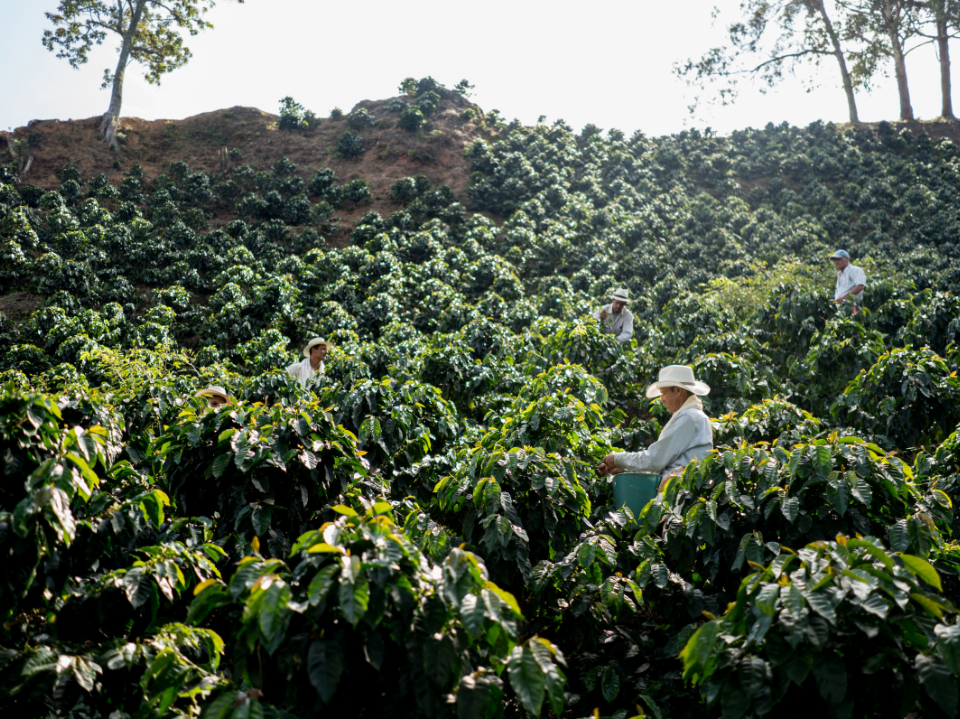If you're familiar with the world of coffee, you probably already know that all coffee must go through some sort of "processing," such as the natural or washed processing method. One processing technique that has gained popularity over time is honey-processed coffee.
Although the name might be a little deceiving, honey processed coffee does not contain any actual honey. This growing processing method produces a unique cup of coffee that can significantly alter your coffee-drinking experience.
The Honey Coffee Process
Honey-processed coffee was invented in Costa Rica, a country renowned for its emphasis on environmental protection. It combines both washed and natural methods to create a remarkable and distinctive brew.
In honey processing, the coffee cherry's pulp and skin are removed, leaving behind a thin layer of gooey mucilage. The mucilage, a fruity coating on the seed, has a significant impact on how sweet your brewed cup of coffee will taste.
Unlike the washed process – which completely removes the mucilage before drying – the honey processing leaves the mucilage during the drying stage. During this time, the fruity substance coats the bean and caramelises, where it eventually turns into sugars.
The coffee beans are then turned until they are completely dry, at which point they are taken to a mill to be cleaned of any remaining mucilage and parchment.
Why is it Called Honey Processed?
So why is it called honey-processed coffee if there is no honey in the coffee? The mucilage on the coffee bean is sweet and sticky – which is why it is sometimes compared to honey.
The amount of mucilage left on the seed determines how sweet the coffee will be, giving coffee producers full control over the coffee's flavour.
Here are the different honey-processed coffee varieties based on how much mucilage is present on the seed:
- White honey: 80-100% of the mucilage removed
- Yellow honey: 50-75% of the mucilage removed
- Red honey: 0-50% of the mucilage removed
- Black honey: Little to no mucilage removed
What Does Honey Coffee Taste Like?
All honey-processed coffees offer a peculiarly sweet and appealing range of flavours. They have a balanced acidity and body with hints of floral acidic notes.
White and yellow honey coffees are lighter in body, whereas red honey coffees are sweeter with a creamier body. Black honey coffees are the sweetest and have a full body with deep fruit notes and nutty characteristics.
Advantages of Honey Processed Coffee
Honey-processed coffee is more environmentally friendly than the washed method. It uses less water because it doesn't need to rinse and remove the mucilage from the seed like fully washed coffee does. Instead, the mucilage on the seed can be removed with a machine.
Another benefit of honey-processed coffee beans is that they experience less fermentation, meaning less of the sugar in the bean is changed into acid.
Overall, honey process coffees combine the best flavour characteristics of washed coffee and natural coffee. So the next time you come across honey-processed coffee, give it a try!



